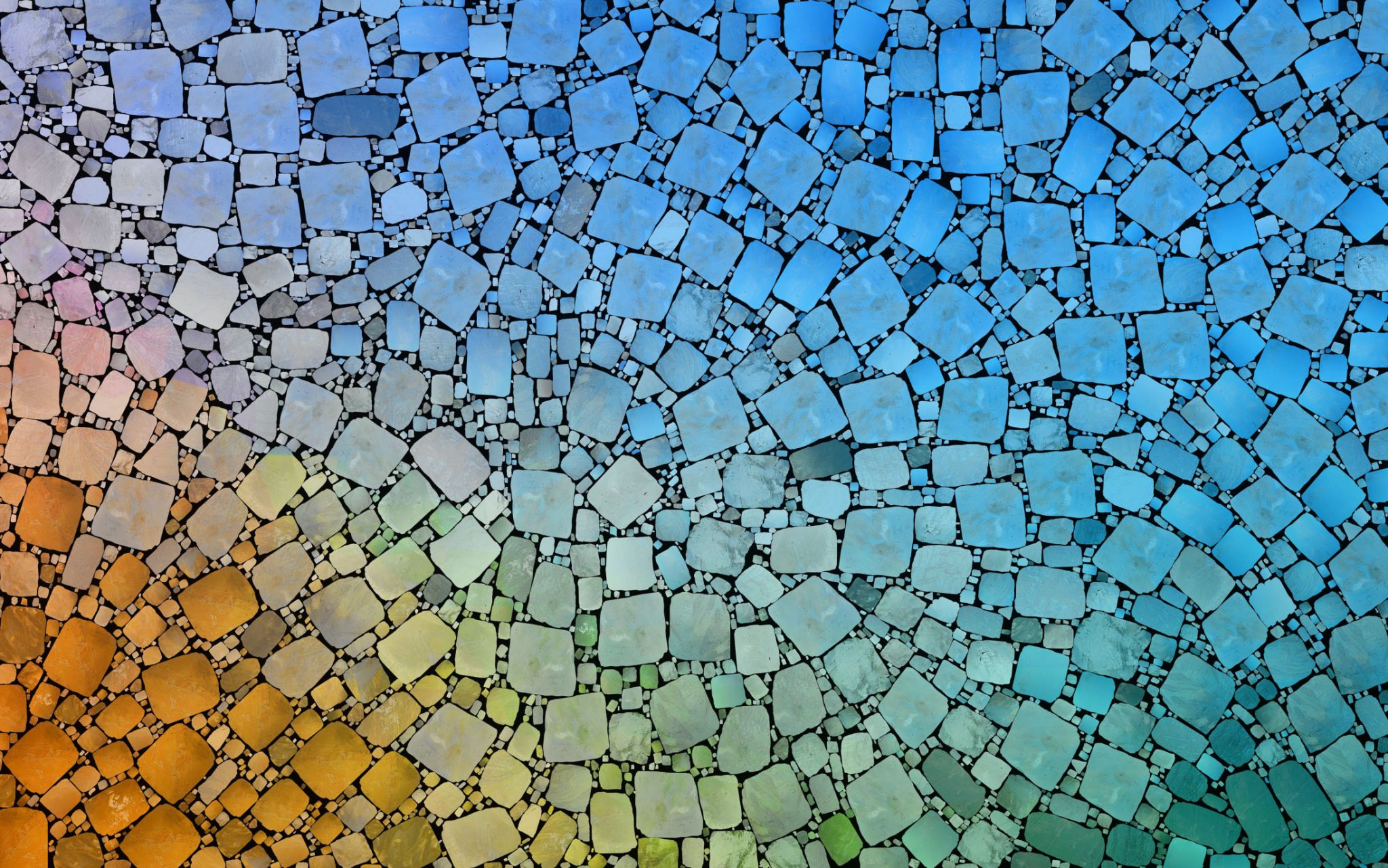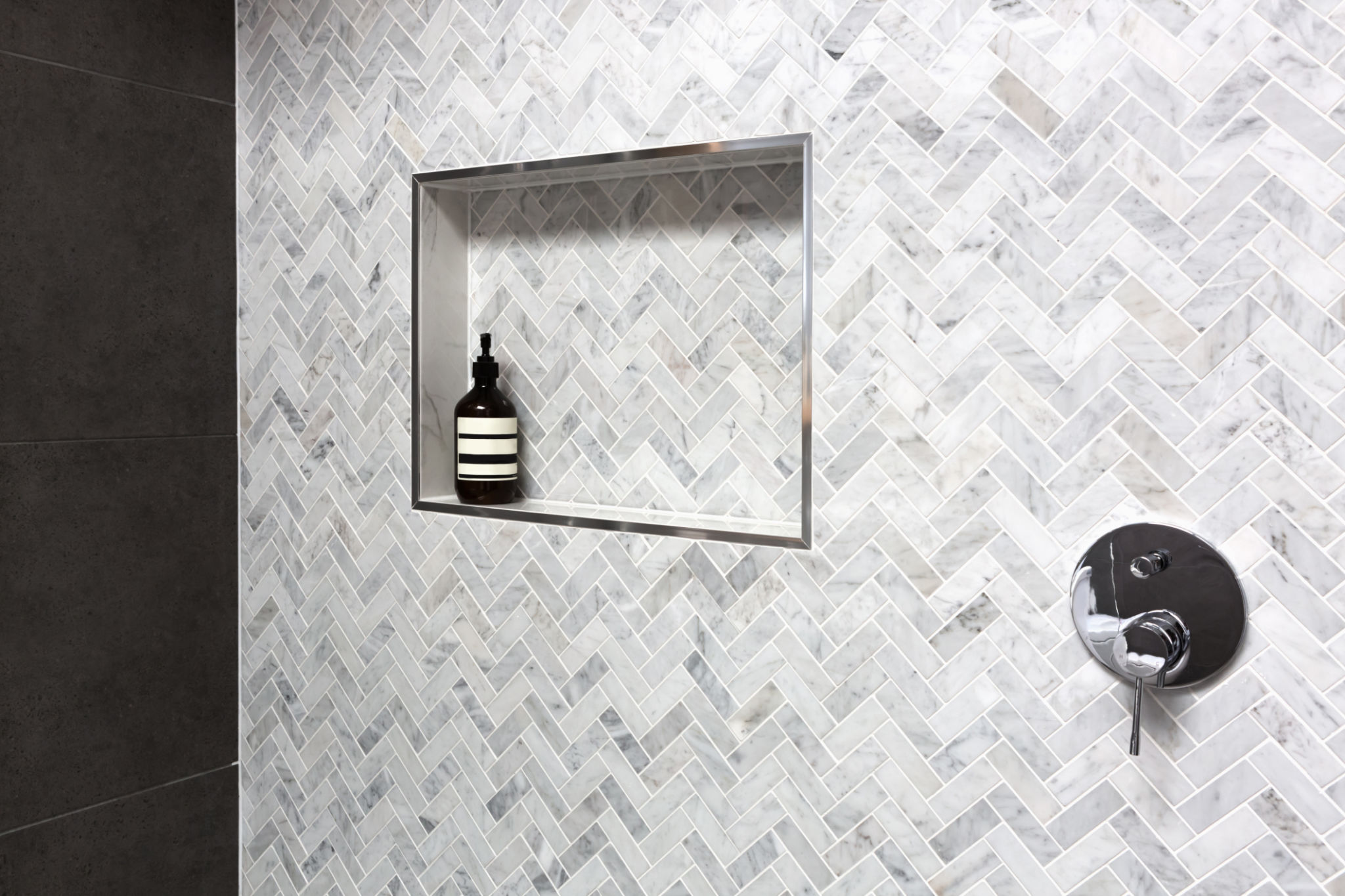A Guide to Creating Your Own Mosaic Art: Tips from VC Mosaic Artists
Introduction to Mosaic Art
Mosaic art is a timeless craft that involves creating images or patterns using small pieces of colored glass, stone, or other materials. Its rich history dates back thousands of years, gracing ancient floors, walls, and ceilings with intricate designs. Today, mosaic art continues to inspire artists and hobbyists alike. Whether you're a beginner or looking to refine your skills, this guide offers valuable tips from experienced VC mosaic artists to help you create your own stunning mosaic pieces.
Creating mosaic art is not only a creative outlet but also a therapeutic practice that allows you to express your artistic vision in a unique way. From selecting the right materials to applying the finishing touches, each step in the process can be immensely rewarding. Let's delve into the essentials you need to get started on your mosaic journey.

Choosing the Right Materials
The first step in creating beautiful mosaic art is selecting the right materials. The most common types of tesserae (the small pieces used in mosaics) include glass, ceramic tiles, stones, and even recycled materials. Each type offers its own aesthetic and texture, so it's important to consider the overall look you want to achieve.
Glass tesserae are popular for their vibrant colors and reflective qualities, making them ideal for bright and vivid designs. On the other hand, natural stones provide an earthy, rustic feel that works well for more subdued compositions. Ceramic tiles offer a versatile middle ground with a variety of colors and finishes.

Tools You Need
Having the right tools is crucial for creating precise and intricate mosaics. Some essential tools include:
- Tile nippers: These help cut tiles into specific shapes and sizes.
- Glass cutters: Ideal for cutting glass tesserae cleanly.
- Mosaic tweezers: Useful for positioning small pieces.
- Adhesive: Choose an adhesive suitable for your base material and environment.
- Grout: Used to fill the gaps between tesserae and add definition to your design.
Designing Your Mosaic
The design phase is where your creativity truly shines. Start by sketching out your ideas on paper or using digital design tools. Consider color schemes, patterns, and the overall theme you want to portray. Many artists find inspiration in nature, abstract forms, or geometric patterns.
If you're new to mosaic art, starting with a small project like a decorative coaster or a simple wall hanging can help you practice and refine your technique without feeling overwhelmed. As you gain confidence, you can tackle larger and more complex designs.

Assembling Your Mosaic
Once your design is ready, it's time to start assembling the mosaic. Begin by transferring your design onto the base material using chalk or a pencil for guidance. Apply adhesive to small sections at a time to prevent it from drying out before you place the tesserae.
As you place each piece, take your time to ensure alignment and spacing are consistent with your design. Remember that patience is key; rushing through this process can lead to mistakes that are difficult to fix later. Once all pieces are in place, allow the adhesive to dry completely before moving on to grouting.
The Grouting Process
Grouting is an essential step that holds your mosaic together and enhances its visual appeal. Choose a grout color that complements your design—contrasting colors can highlight individual tesserae, while matching colors create a more cohesive look.
Apply grout evenly over the entire surface using a rubber float or spatula, ensuring it fills all gaps between the tesserae. Wipe away excess grout with a damp sponge before it sets, taking care not to disturb the pieces. Allow the grout to cure fully according to the manufacturer's instructions before cleaning any remaining residue from the surface.

Finishing Touches
Once your mosaic is grouted and cleaned, consider applying a sealant to protect it from moisture and wear, especially if it will be displayed outdoors or in a high-traffic area. A sealant can also enhance the colors and give your mosaic a polished finish.
Finally, take a moment to admire your work. Each mosaic is a unique piece of art that reflects your personal style and creativity. Whether you choose to display it at home or gift it to someone special, your mosaic art will undoubtedly bring joy and beauty to any space.
Conclusion
Creating mosaic art is a fulfilling craft that combines creativity, patience, and skill. By following these tips from VC mosaic artists, you'll be well on your way to producing stunning pieces that captivate and inspire. Remember that practice makes perfect—each project you undertake will help hone your abilities and expand your artistic repertoire. Embrace the journey and enjoy the endless possibilities that mosaic art has to offer!

